I wrote this piece nearly five years ago for my mother, and it was originally published in the Story Circle Network newsletter. When I gave it to her, she loved it, but she couldn't resist reminding me that I "forgot about the matching hairbands." Some of you have seen it, but it's still one of my favorites. Today is my beautiful mother's 86th birthday, so Mom, this one's for you . . . again.
DORIS AND KANDINSKY
The way I see it, he might have just been mental, or a Roaring Twenties avant garde blowhard, merely claiming to hear sounds when he saw colors. But the Russian painter Wassily Kandinsky swore by his synesthesia. For him, yellow was the high brass, all trumpets and fanfares. Crimson red, a drum-roll, or the horns. Violet, a bagpipe. Orange, the middle bells of the church or a strong contralto voice. Every canvas also a choir.
Kandinsky's colors were always singing, and I half believe him today, walking down this island street with its brightly painted row houses in full chorus. They're a tropical marimba of heliotrope, orchid, pomegranate, mustard and mango, sage green with magenta trim, clotted cream and colonial blue and spicy shrimp creole all cobbled together in an eye-boggling cascade of the happiest dwellings I've ever seen. The ones facing the ocean are upscale, of course--pristine and promiscuous at the same time, parading themselves before the monochrome sea and the cloud-pocked sky with French doll house façades, fancy-work doors, and second-story gardens in flagrant bloom. Farther into the city, the houses are dingy--patched and peeling; it's a sadder song there, about life in a different key.
I think of my mother, Doris, born in 1922, the year Kandinsky began painting his Bauhaus series, Kleine Welte (Small World). She would be a beautiful woman, with dark hair and blue-gray eyes and luminous skin, but her tall frame and big feet embarrassed even a family of farmers. Her teen-age years coincided with the Great Depression, and in her high school pictures, she's wearing homemade dresses and too-small shoes. In that faded time, she hoarded her gifts--a voice always hungry for music, and a color memory so accurate, she could match something precisely months or even years later, after having seen it only once.
In a fairer world, she could have turned either one of her talents into a million bucks. Instead, she spent them on me. An older friend made her learn to sew when I was a baby, and from that moment on, I was her anti-Depression billboard. We were always looking for, in her words, "something a little more unusual."
Instead of the gray suede penny loafers I wanted--just like everybody else's--she bought me robin's egg blue, spool-heeled leather shoes, with cutwork and grosgrain ribbon ties. They matched the linen A-line Easter dress she designed when I was a sophomore in high school. Hand crafted, not homemade. My junior year, it was an avocado silk blouse with black polka dots, a black raw silk jumper, and matching hat, a Mr. John Jr. straw roller. To the football games, I wore hand-pleated plaid wool skirts with perfectly coordinated sweaters and high heels. I had the same custom-made dress as all the other girls in my vocal group, but my edge was underwear, royal blue, dyed to match. I was my mother's Barbie, her ikebana, her work of art.
Today, if you walked out of your house in this rich port town, my mother could pick you out a pair of pumps the exact shade of the flowers spilling off your balcony. Later, when you looked out over the railing in the early evening light to call down to your friend in the street below, wearing your new shoes and leaning way over to the side so the bougainvillea wouldn't scratch you, with your forearms resting on the balcony rail and all your weight on your right leg, your left leg cocked a little flirtatiously behind, and the fuschia shoe half off and dangling from your left foot like a decorative counterweight--at that moment, it would appear to any passerby that you and the shoe and the flowers had been painted by the same hand, by Kandinsky, the man who could hear purple, or by my mother, who could match it tone for tone.
Monday, May 12, 2008
Subscribe to:
Post Comments (Atom)

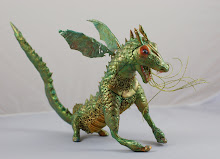
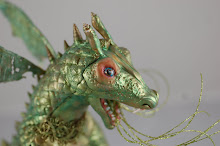
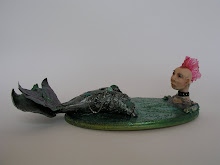
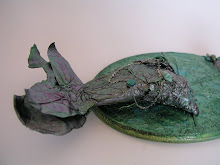


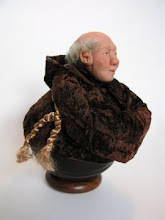
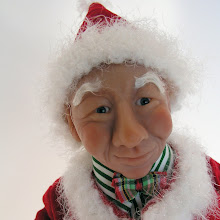
No comments:
Post a Comment